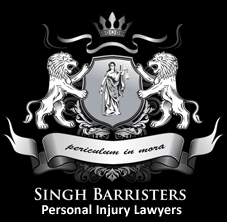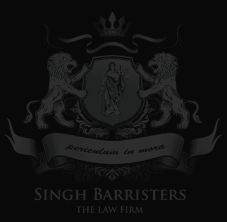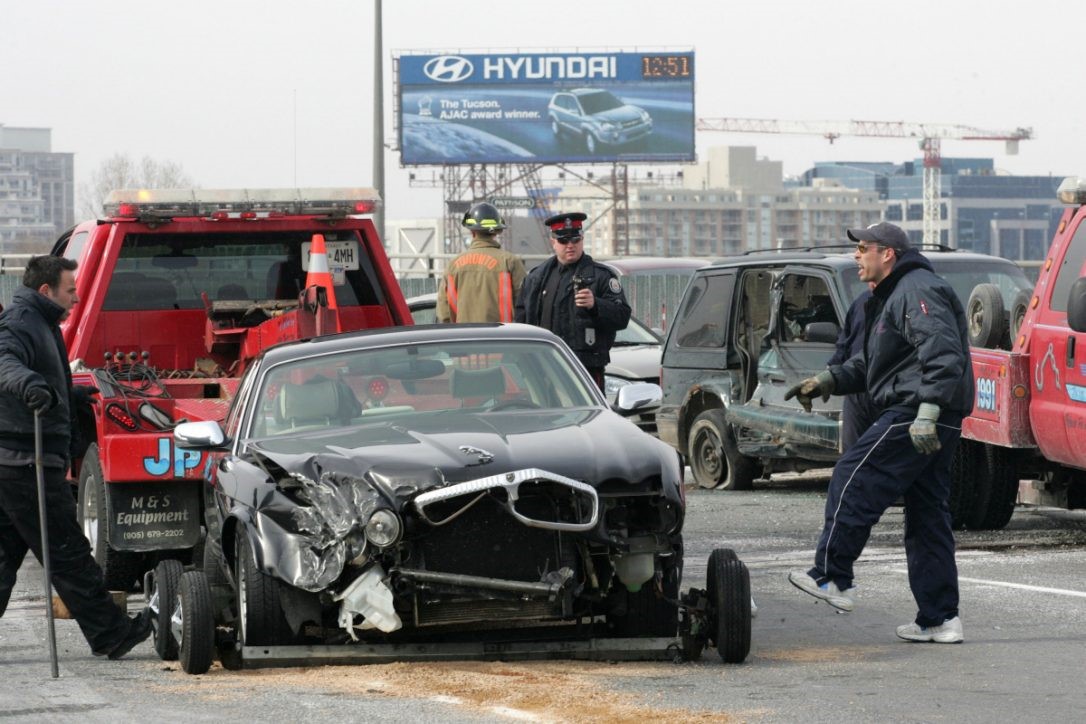Self driving cars were tested in 2015 and got the green signal to be operated on Ontario roads in November 2016. Government approval has been granted to three organizations to begin testing these vehicles on the road. They include Blackberry, Center for Automotive Research University of Waterloo and the Erwin Hymer group.
Ontario was chosen for several reasons. Since the province experiences a wide range of weather conditions, this makes it ideal to test drive the vehicles in a variety of conditions and guage their fitness. Ontario also offers a less restrictive bureaucratic environment for such testing facilities. From a technology point of view, this is indeed an exciting innovation and signals the keen competitive edge that Canada continues to maintain in the world of new products, design and technology.
However, their advent raises serious questions about road-safety, infrastructure, crash-avoidance features and most important, about liability in case of an accident.
Ontario laws require a licensed driver to be present in the vehicle at all times. There is no restriction on where the vehicle can travel, or at what time. As of now, things are still at a very early stage and though there is much enthusiasm for the novelty of the idea, their prohibitively high cost at the moment prevents large-scale adoption of the vehicles by the general public. Another drawback is that regulations regarding liability have not yet been fully formulated, leaving consumers in doubt about how accident claims will be covered by insurance.
Our 24×7 accident injury lawyers keep themselves updated on the latest technology/innovations so that they are in a better position to serve clients.
Liability Issues
Some of the top law firms in Canada have weighed in on the issue. They opine that driving a self-driving, semi-autonomous vehicle is much the same as operating vehicles in cruise-control mode. “As long as a driver with some ability to assume/resume control of the vehicle is present, there would seem to be a continuing basis for driver negligence and liability as they presently exist,” was the conclusion.
However, insurance companies have taken serious note of these developments and are in the process of grappling with issues like the impact of such technology on the auto insurance industry, and who can be held accountable in case of an accident. Can the manufacturer or the driver be liable, or can both be held responsible?
Another issue that the Canadian insurance industry is keenly watching is how the technology evolves. At present, the vehicles are not truly autonomous and this poses challenges for insurers as accident liability shifts from solely on the driver to a mix of both driver negligence and/or software malfunction.
Issues like access to on-board computers to determine liability are also gaining importance, because these deal with confidential and patent issues that manufacturers would decline to share in public. Determining liability in the face of such a paucity of information can be difficult for plaintiffs in personal injury suits.
Emerging technologies can lead to a slew of new products and new legislation.
An experienced, knowledgeable Brampton car accident lawyer who stays abreast of new developments in the field can provide the right assistance.











